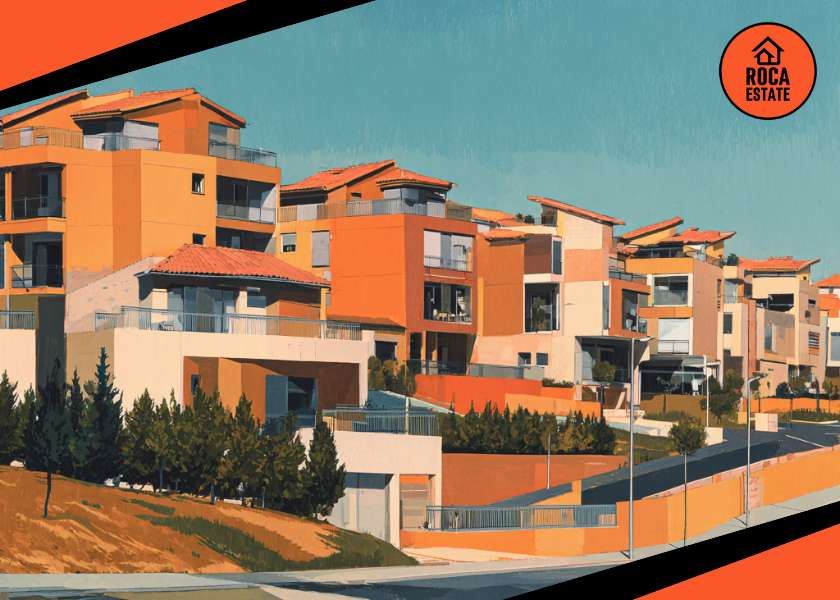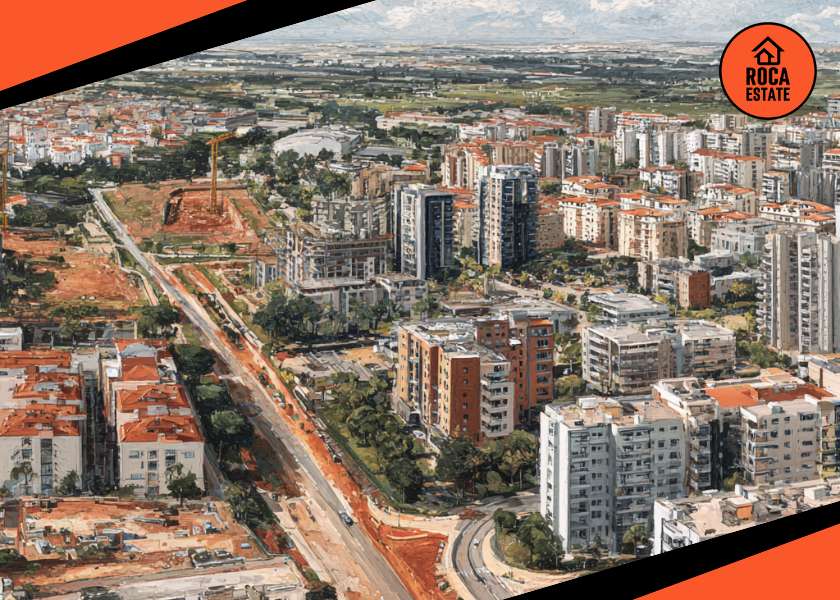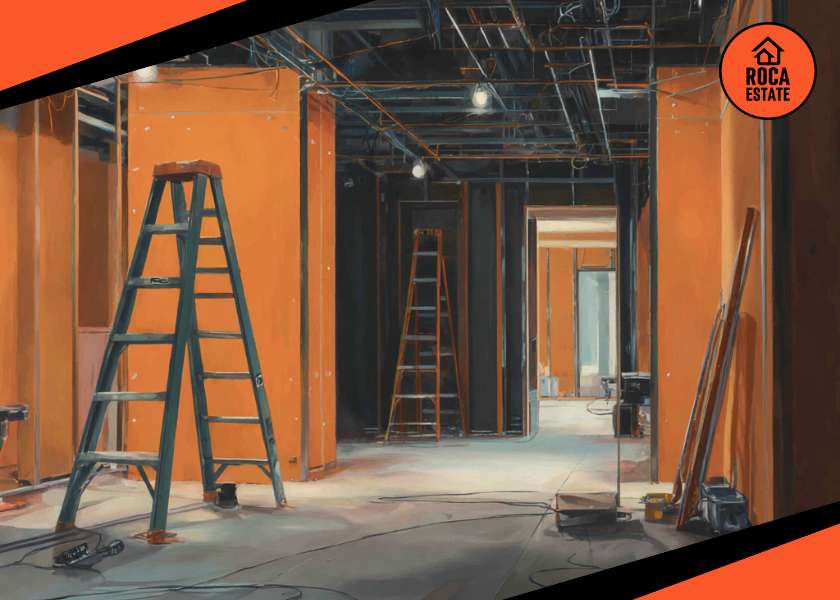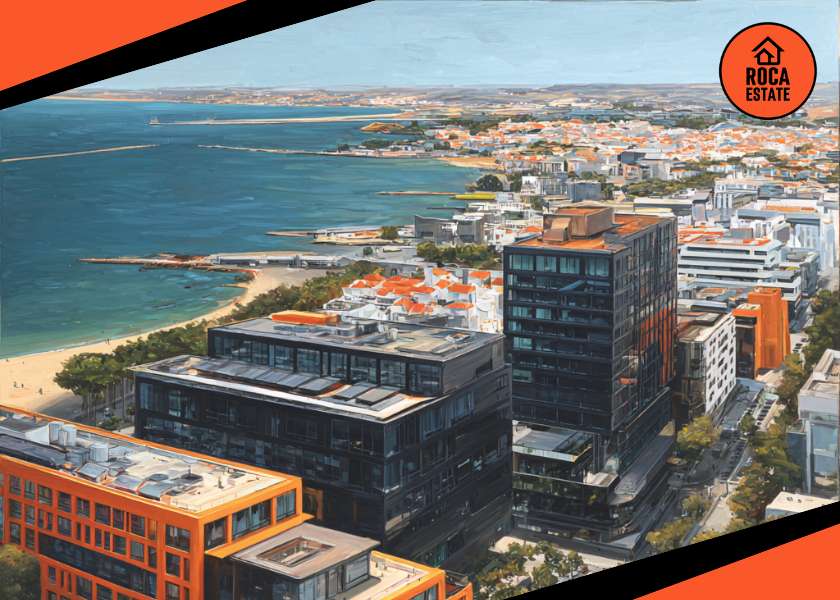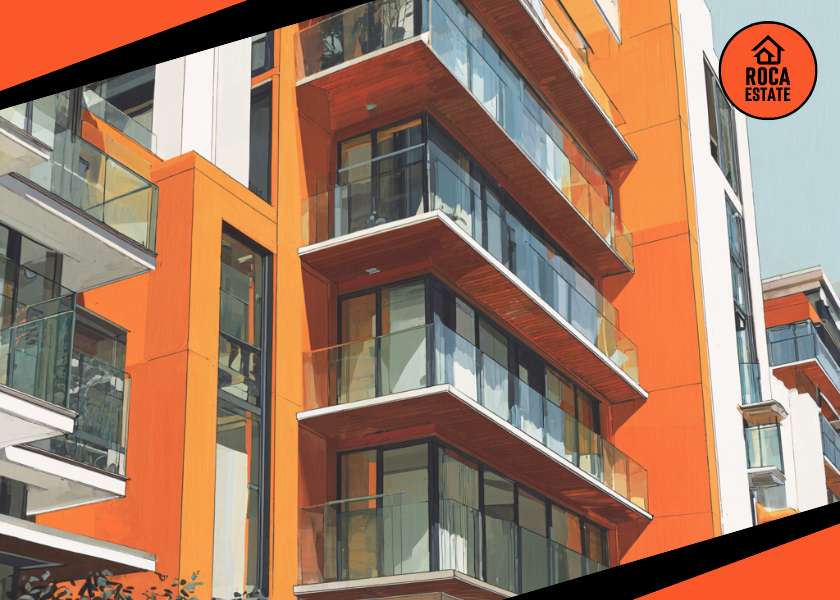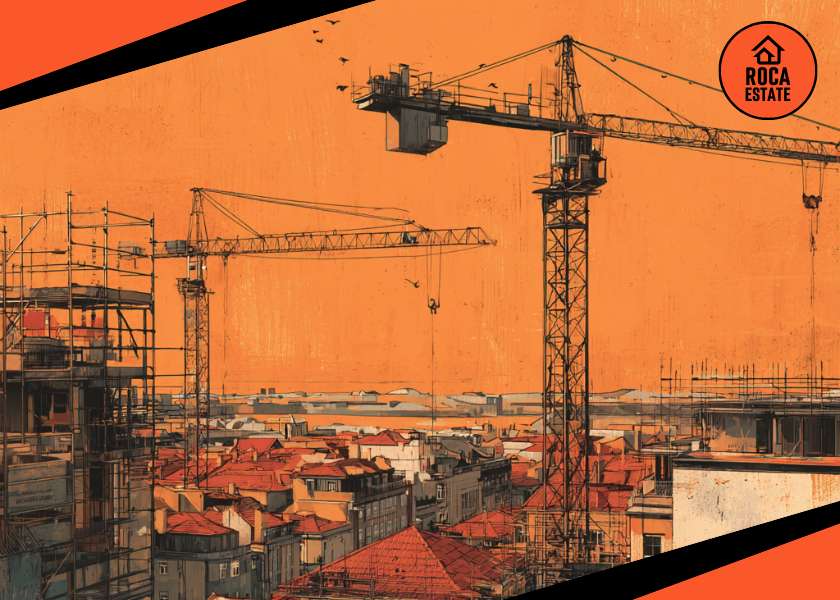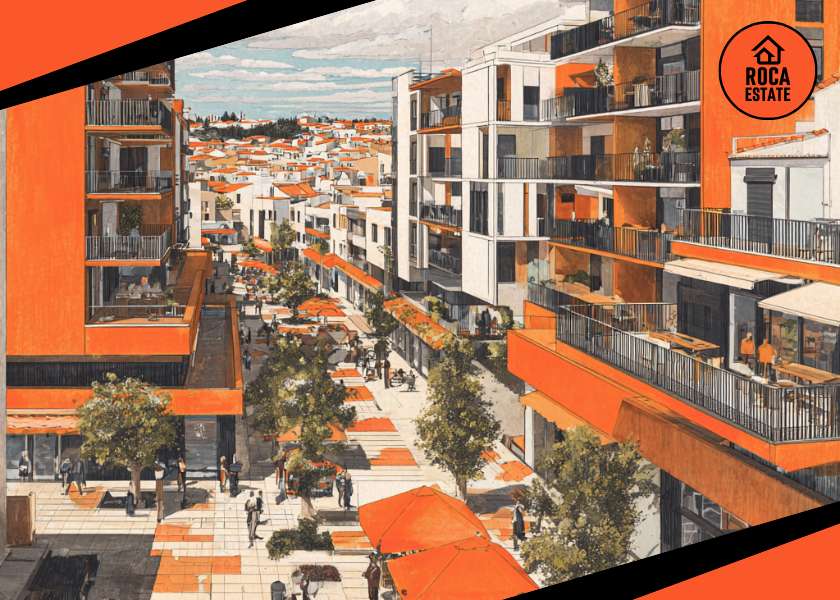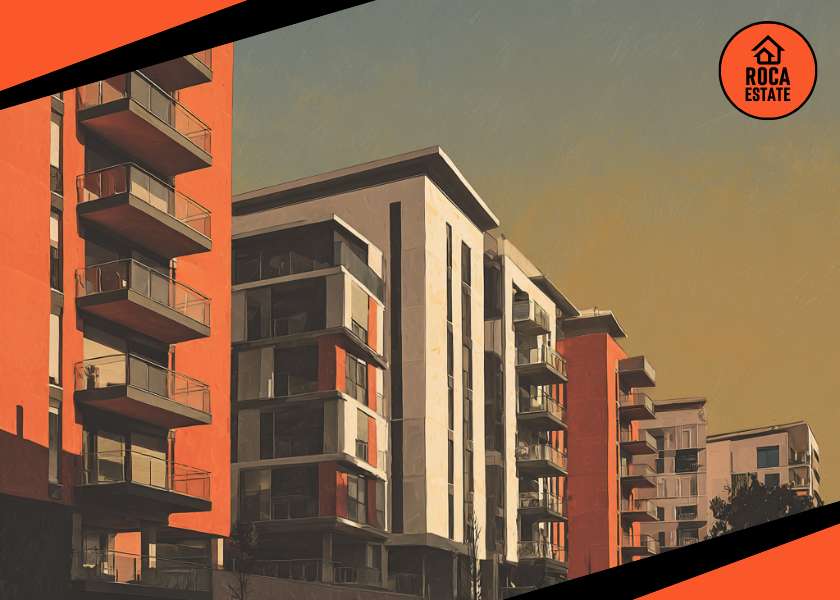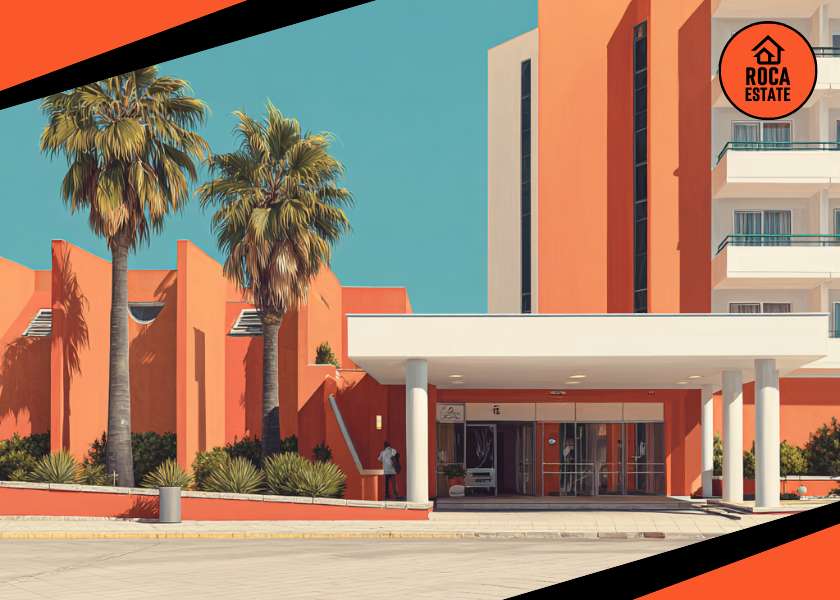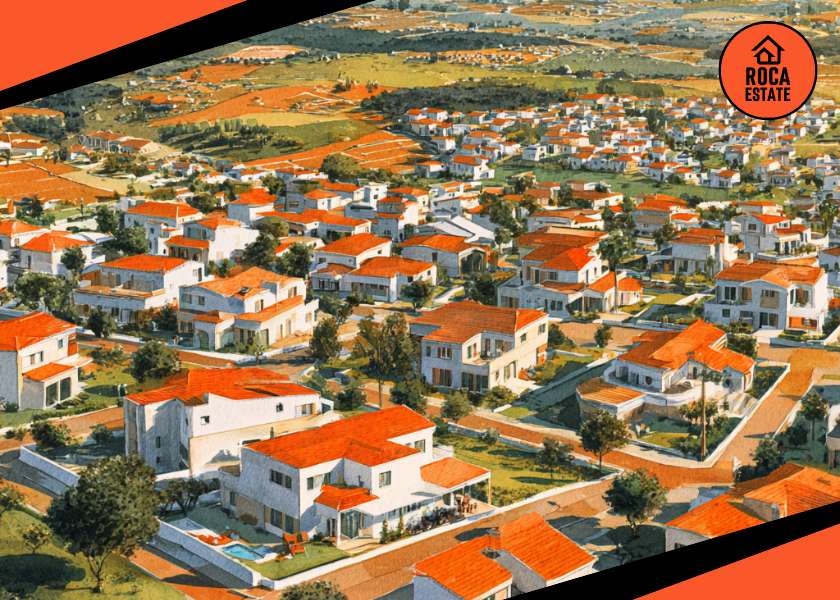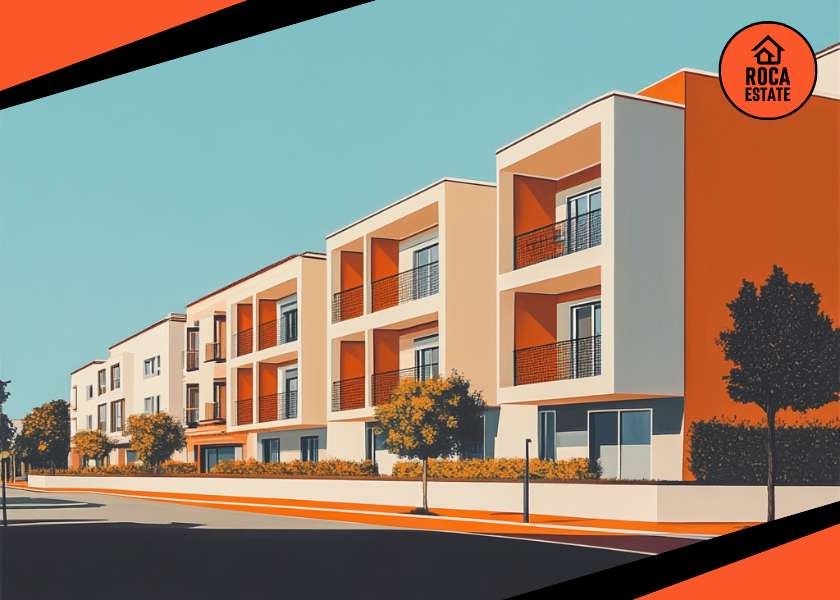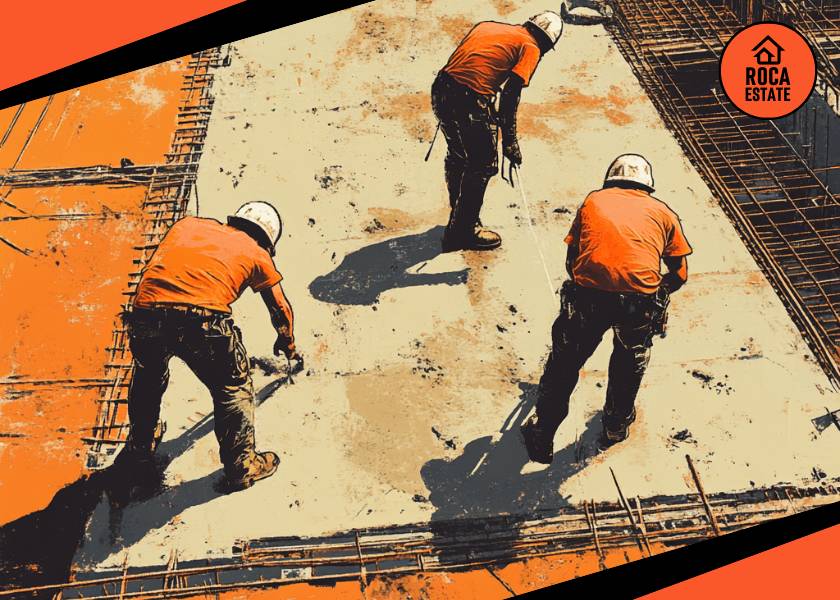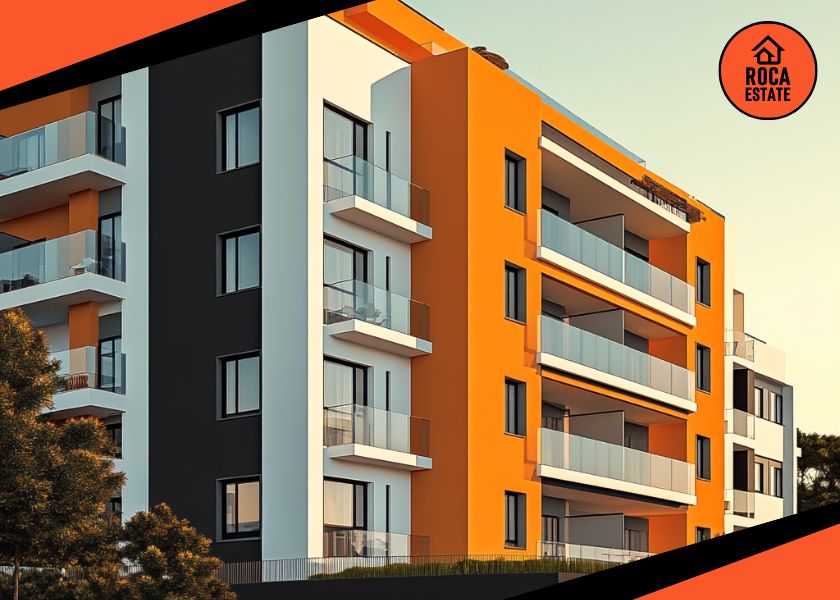Portugal’s latest housing finance data signals a subtle yet strategic shift for those eyeing real estate investments in the region. The March 2025 figures, released by the National Statistics Institute (INE), show a continued decline in implicit interest rates on housing loans, down from 3.830% in February to 3.735% in March.
This is the second consecutive monthly drop and marks a nearly full percentage point decrease from October 2024’s 4.277% rate. For new contracts signed in the past three months, the rate dipped even more sharply – from 3.200% to 3.048% – offering further relief to recent borrowers.
Key Investment Insights from the March 2025 Report
1. Falling Interest Rates Signal Softer Financing Conditions
The downtrend in interest rates improves borrowing conditions. This can enhance yields for leveraged investors and lower entry barriers for first-time buyers or foreign investors entering the market. It’s a pivot from the tight-rate environment seen through late 2023 and early 2024.
2. Owed Capital Continues to Rise
The average owed capital climbed to €70,065 in March – up €553 from February. This is the twelfth straight monthly increase. For new contracts, average capital reached €77,758, reflecting both inflationary price pressures and increasing investor confidence.
3. Monthly Repayments Trending Lower
Despite rising capital amounts, average monthly repayments decreased slightly to €398 overall (and €604 for new contracts), reflecting the combined effect of lower rates and longer loan durations. This could suggest early signs of stabilization in household financial pressure, potentially supporting stronger demand in Q2 and beyond.
Market Implications for Investors
A. Improved Leverage Potential
The softening of interest rates enhances the financial calculus for leveraged real estate investments. Lower financing costs can support better cash flow, making both residential and mixed-use assets more attractive, particularly in Lisbon and Porto, where rental yields remain competitive.
B. Increased Liquidity and Price Support
With loan affordability improving, transaction volumes are likely to rebound. Higher average owed capital indicates buyers remain confident in property values, which can help stabilize or even slightly uplift prices in prime districts.
C. Investor Watch: Potential ECB Influence
While local rates are falling, broader monetary policy from the European Central Bank will remain influential. If rate cuts begin in H2 2025, expect additional downward pressure on mortgage rates, strengthening the case for strategic acquisitions now, before prices fully absorb financing improvements.
Strategic Outlook for Q2 and Beyond
Real estate investors should monitor three critical indicators in the coming months:
- Rate Path Continuation: Will implicit rates continue their downward trend? May’s data release will be crucial.
- Capital and Repayment Dynamics: Rising capital values with stable or falling repayments point to expanding loan durations or changing borrower profiles – details that may hint at shifting demand demographics.
- Rental Market Behavior: With loan conditions improving, some owners may shift from renting to owning, potentially tightening rental inventory in major cities.
Conclusion: Cautious Optimism with Eyes on the Macro
The March data brings cautious optimism for investors in Portuguese real estate. Falling interest rates open up opportunities for better-financed acquisitions, but rising capital commitments and a still-uncertain European monetary backdrop call for disciplined risk management.
As always, a diversified approach – spanning both high-demand urban centers and emerging secondary markets – will help investors capitalize on yield without overexposing to price volatility. To explore how our team can help you navigate Portugal’s evolving property market, visit our real estate investment services page for tailored advisory and portfolio solutions.




